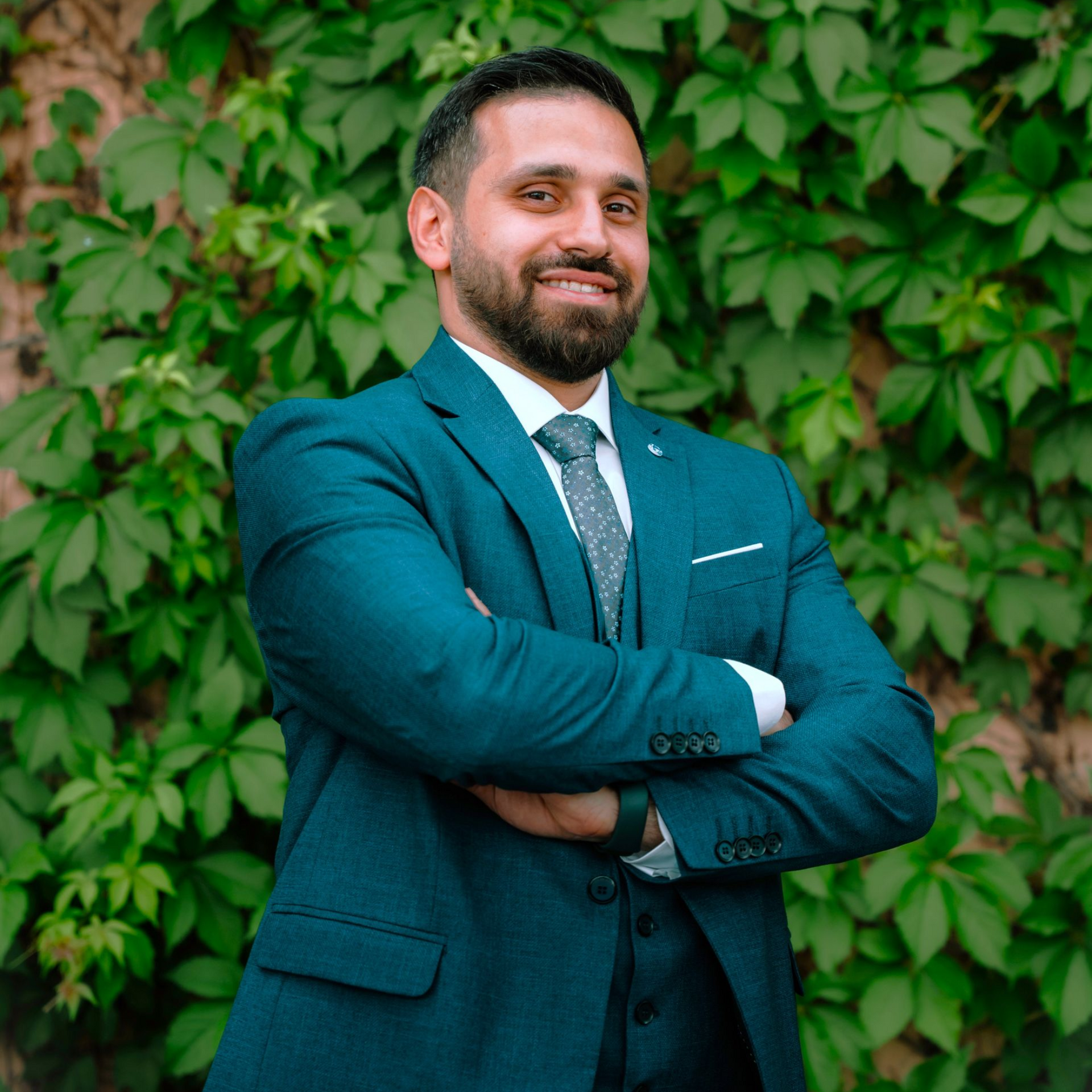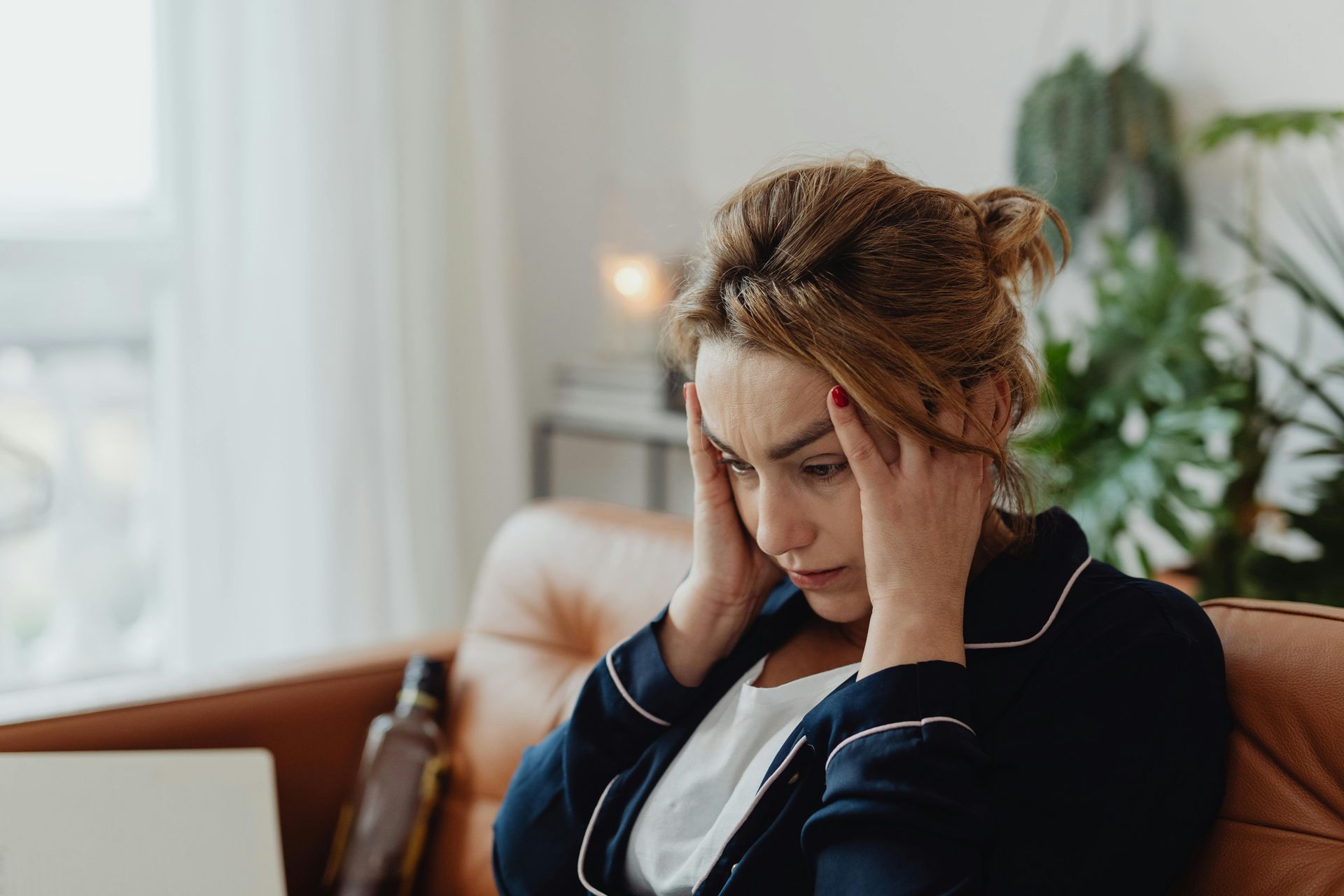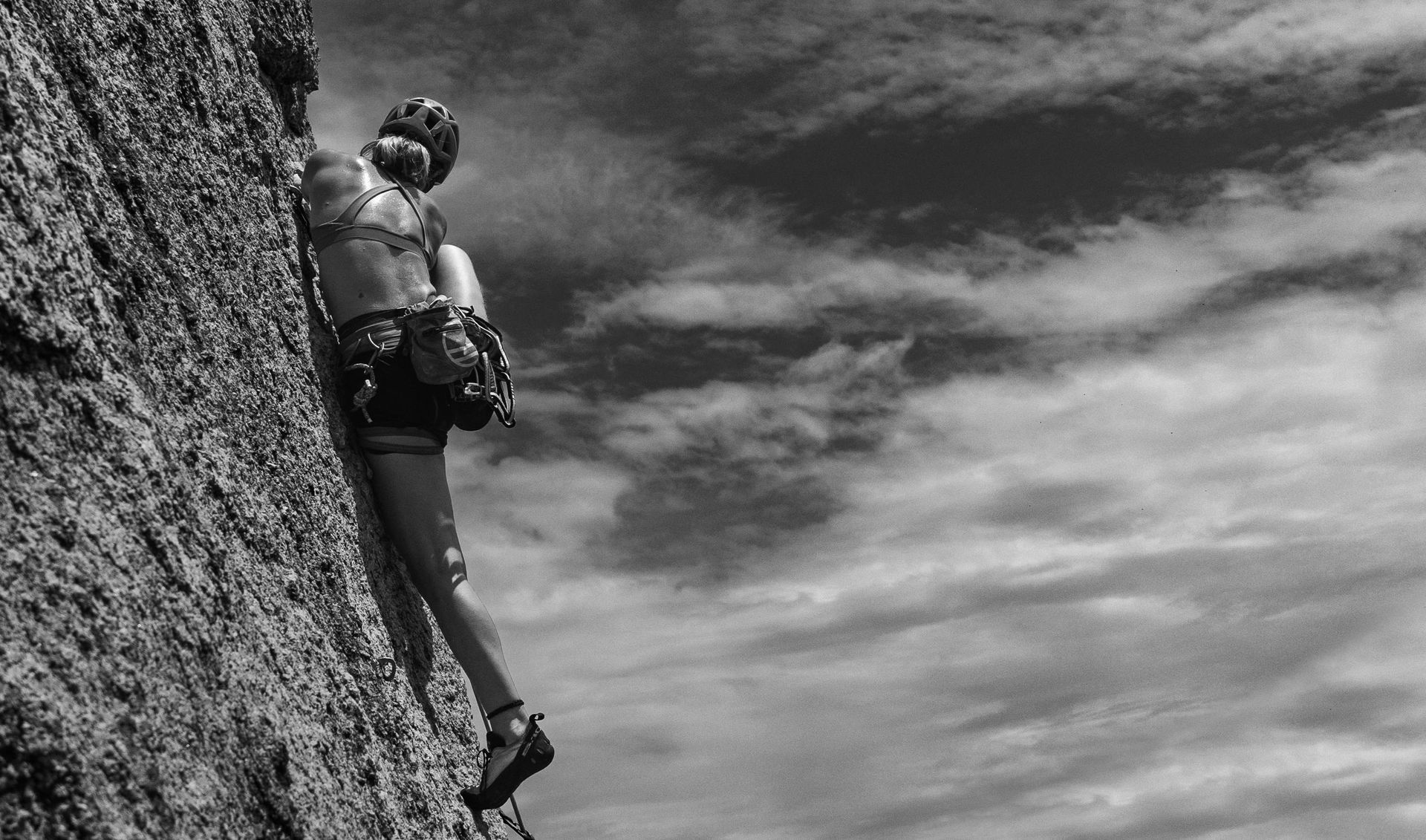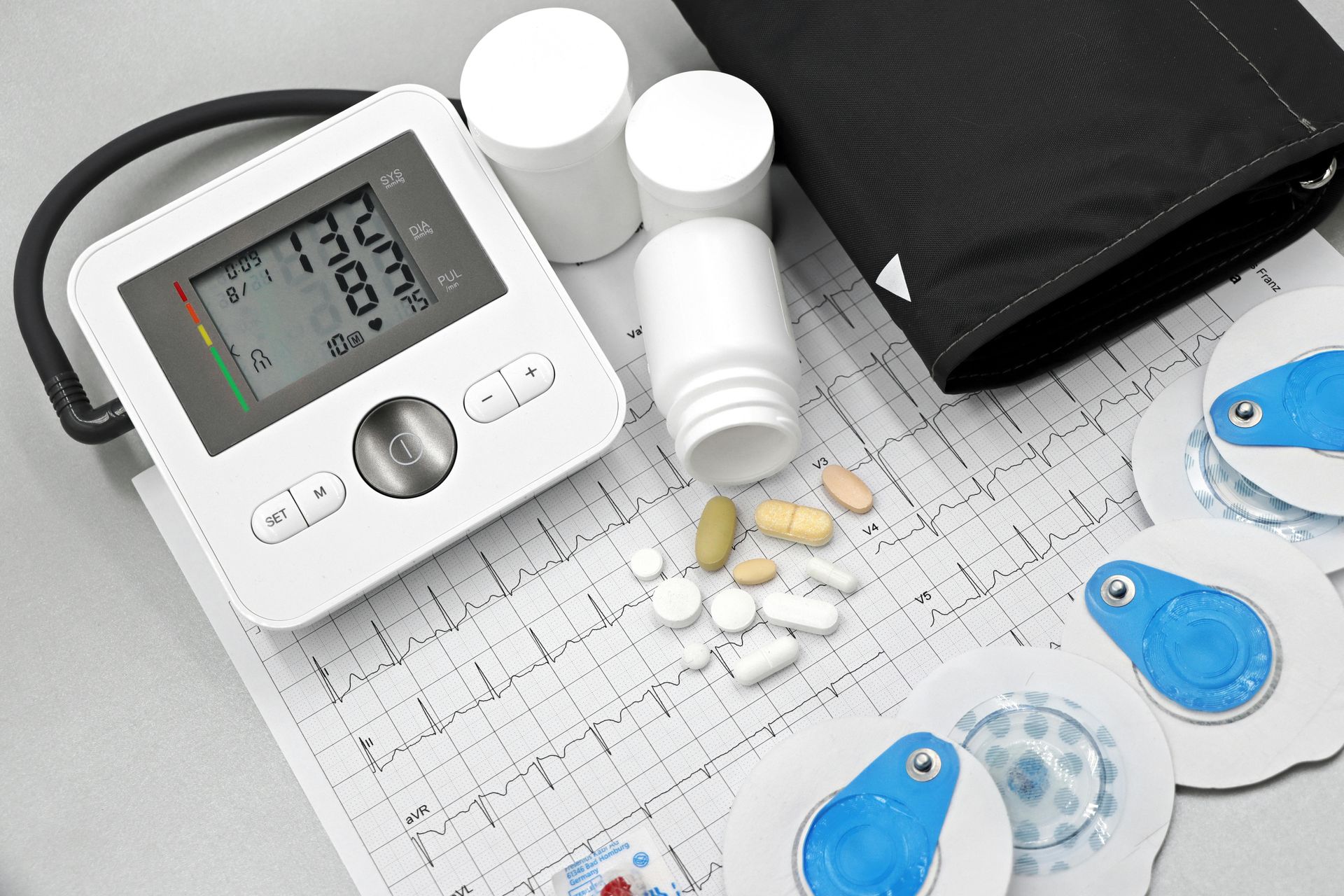Mohamad-Ali Salloum is a Pharmacist and science writer. He loves simplifying science to the general public and healthcare students through words and illustrations. When he's not working, you can usually find him in the gym, reading a book, or learning a new skill.
Plastic-eating Bacteria?
Share
What are these bacteria? And how do they eat plastic?
Plastic-eating bacteria,
Of course, you’ve heard about the bacteria that can eat grass and meat. But Plastic-eating bacteria??
I bet that’s new to you!
This bacterium is called Ideonella Sakaiensis.
How did scientists find about it?
They were running tests on a plastic bottle that they collected from a plastic recycling factory in Japan. They observed the sample under the microscope and found Ideonella Sakaiensis, Protozoa, and yeasts.
It is a rod-shaped bacterium, and it has a flagellum.
The question is that how on earth this bacterium can eat plastic?
Plastic is a result of the Industrial Revolution that happened a century ago and is not part of nature.
Another question that might pop up is that how these bacteria developed a mechanism to digest the plastic?
Today we’re going to talk about how it does the digestion.
There is a type of plastic called Polyethylene Terephthalate (PET), and it is a transparent, strong, and light-weight plastic. It is used in the manufacturing of plastic bottles.
Ideonella Sakaiensis releases an enzyme called PETase where this enzyme can break down PET into MHET.
Also, this bacterium has an enzyme called MHETase on its surface, where this enzyme can breakdown the MHET into 2 components:
- Ethylene Glycol
- Terephthalic acid (TPA)
Then this bacterium takes up these 2 compounds and uses them for its metabolism and convert them for its own use. The end result is Carbon Dioxide (CO2) where it is released into the air.
This bacterium is not alone. There are also Plastic-eating Fungi that were discovered in a dumpster in Pakistan.
While reading this article, I think some of you will directly think of a commercial use for this bacterium, like spraying it on dumpsters and watch plastic wastes disappear. But there is a long way for this to happen and may not even be used as we think.
The metabolism of the plastic by this bacterium is still very slow and scientists are trying to fasten up the process by editing its genes. Finger-crossed not to create a monster 😊
The other matter that we should think of is that getting rid of plastics that way may cause a disruption in the environmental balance and may lead to an environmental crisis if not managed and calculated well.
Feel free to watch the below video for better understanding of the mechanism of plastic-digestion.
List of Services
ABOUT THE AUTHOR
Mohamad-Ali Salloum, PharmD
Share
Recent articles:





















